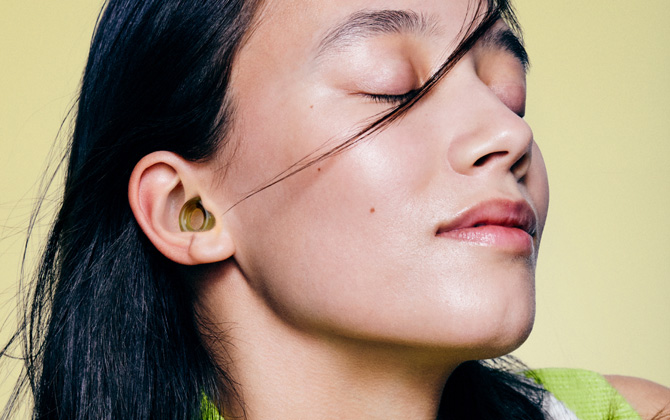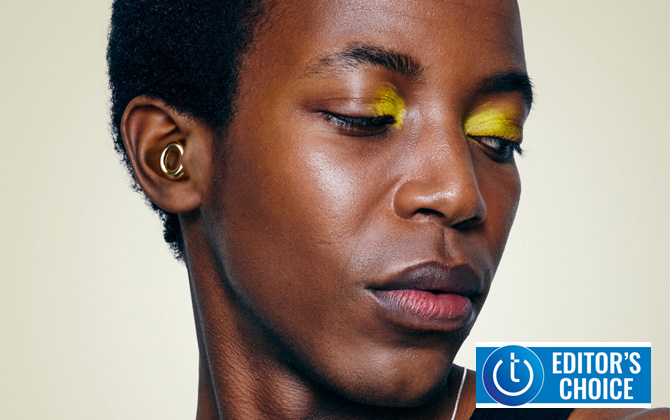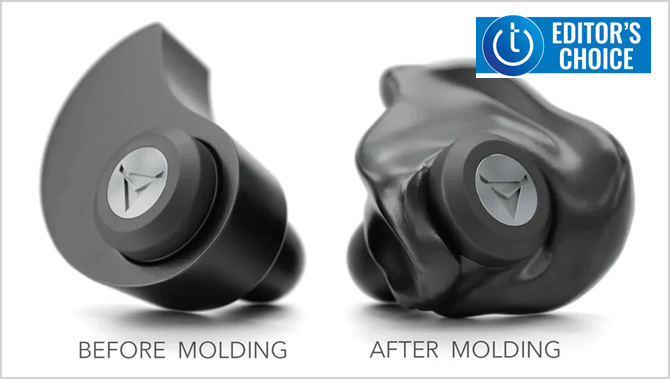We may earn commissions when you buy from links on our site. Why you can trust us.
Concerts Too Loud? These Earplugs Can Save Your Hearing
Our ability to hear connects us to the world: the laughter of loved ones, the beauty of music, and the simple sounds of daily life. But these sounds can turn harmful when they become too loud. Noise-induced hearing loss is a growing threat to people of all ages. An estimated 12.5% of children and adolescents aged 6–19 years (approximately 5.2 million) and a worrying 17% of adults aged 20–69 years (approximately 26 million) have already suffered permanent hearing damage due to excessive noise exposure. Fortunately, a simple and affordable solution exists: earplugs.

The threat of loud noise
Loud noise damages the delicate structures of our inner ear. Inside the ear, tiny hair cells convert sound vibrations into signals our brain understands. Overexposure to loud noise bends and breaks these hair cells. Once damaged, they don't regenerate, leading to permanent hearing loss.
How loud is too loud? Everyday hazards are louder than you might think. A hairdryer can reach 85 decibels (dB), and busy traffic easily hits 80-90 dB. Restaurants, bars, concerts, and sporting events often blast sound over 100 dB – enough to cause damage with prolonged exposure. Even listening to music with headphones can reach harmful levels.
Everyone has a different sensitivity to sound. I used to hate going to movie theaters because the loud volume made my ears hurt, my husband was totally fine with it. Today, earplugs have become much more attractive and acceptable in public spaces. I wouldn't think twice about using sound-limiting earplugs to reduce the volume to an enjoyable level.
Read more: Laifen Wave Review: A Serious Challenger to Oral-B and Sonicare
How earplugs work
Earplugs form a physical barrier that reduces the intensity of sound waves before they hit your eardrum. There are various types.
Foam earplugs
Affordable and disposable, foam earplugs are rolled down and inserted into the ear canal, where they expand. Many people, myself included, find these uncomfortable, but they'll do in a pinch.
Reusable flanged earplugs
The earplug market has undergone a recent transformation, with a focus on stylish designs. These earplugs feature flexible ridges (flanges) for a comfortable, secure fit within the ear canal. They come in a variety of eye-catching colors and have become something of a fashion accessory. This approach has helped destigmatize earplug use, particularly among younger audiences attending concerts and other loud entertainment venues.
Beyond their looks, flanged earplugs often provide specialized functions. Some are engineered for specific environments, like musicians' earplugs, which reduce noise volume while preserving sound clarity. Others target improved comfort for long-term wear, making them ideal for getting a good night's sleep even in a noisy environment.
Custom-molded flanged earplugs
Custom-molded earplugs use flanges for noise reduction, but the base takes on the unique shape of your ear, ensuring unparalleled comfort and superior protection. This level of fit is especially crucial in extremely loud environments like concerts or industrial workplaces where maximum noise reduction (NRR) is essential. Since they conform perfectly to your ears, these earplugs eliminate the pressure points and discomfort sometimes experienced with regular flanged varieties, making them ideal for extended wear like sleeping or long commutes.
Read more: Tested: Can Regular Bluetooth Earbuds Be Used as Hearing Aids?
Choosing the right earplugs
The most important considerations when choosing earplugs are noise reduction and fit. While you won't know how well your earplugs will fit until you put them in your ears, you can look for highly-rated models from professional reviewers and consumers.
For noise reduction, look for the Noise Reduction Rating (NRR). This number tells you how many decibels a pair of earplugs can block when worn correctly. Look for a 10-20dB reduction level for movie theaters and around 20dB or more for concerts. It's worth paying extra for "high fidelity" earplugs specifically designed to allow you to enjoy the full frequency range if you'll be using your earplugs at concerts.
Recommended earplugs

Loop Experience 2
Looking for earplugs that are both stylish and functional? The Loop Experience earplugs (around $35) come in a variety of sleek colors (black, pink, green, blue, gold, rose gold, and silver) with a minimalist design, making them a genuine fashion accessory. But they don't just look good – they also protect your hearing with a noise reduction rating (NRR) of 18 dB. Loop Experience earplugs come with four sizes of soft silicone eartips (XS to L) for a comfortable, custom fit.


Decibullz Custom Molded Professional Filters
Music lovers, the Decibullz Custom Molded Professional Filters were designed for you. These earplugs utilize high-fidelity filters to deliver a flat frequency response, ensuring you hear your music clearly without distortion or muddiness – a common issue with standard earplugs.
The custom molding process is simple: just heat the earpieces to soften them and fit them to your unique ear shape. Worried about messing up? No problem. Decibullz are re-moldable, so you can get a perfect fit. They come with triple-flange tips in three sizes (S, M, L) to accommodate a wide range of ear canals. While color options are limited to black, the superior sound quality and comfort make them a worthwhile choice for any audiophile.
[Image credit: Loop, Decibullz]
For the past 20+ years, Techlicious founder Suzanne Kantra has been exploring and writing about the world’s most exciting and important science and technology issues. Prior to Techlicious, Suzanne was the Technology Editor for Martha Stewart Living Omnimedia and the Senior Technology Editor for Popular Science. Suzanne has been featured on CNN, CBS, and NBC.












